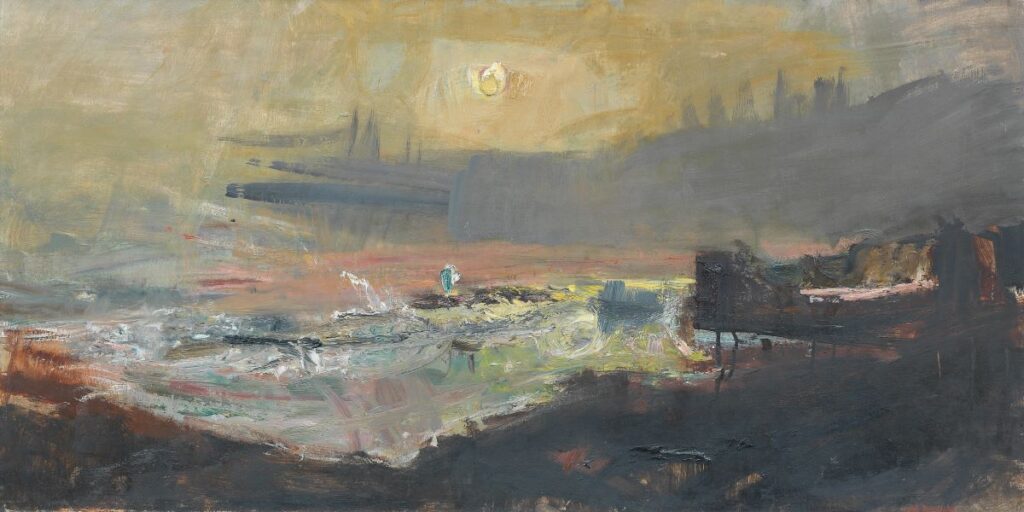
The 10 most important Scottish artists you should know about
Ahead of Bonhams Scottish Art auction on 15 May in Edinburgh, Specialist and Head of Sale, May Matthews, introduces ten of the most important Scottish artists from the last 250 years.
Henry Raeburn
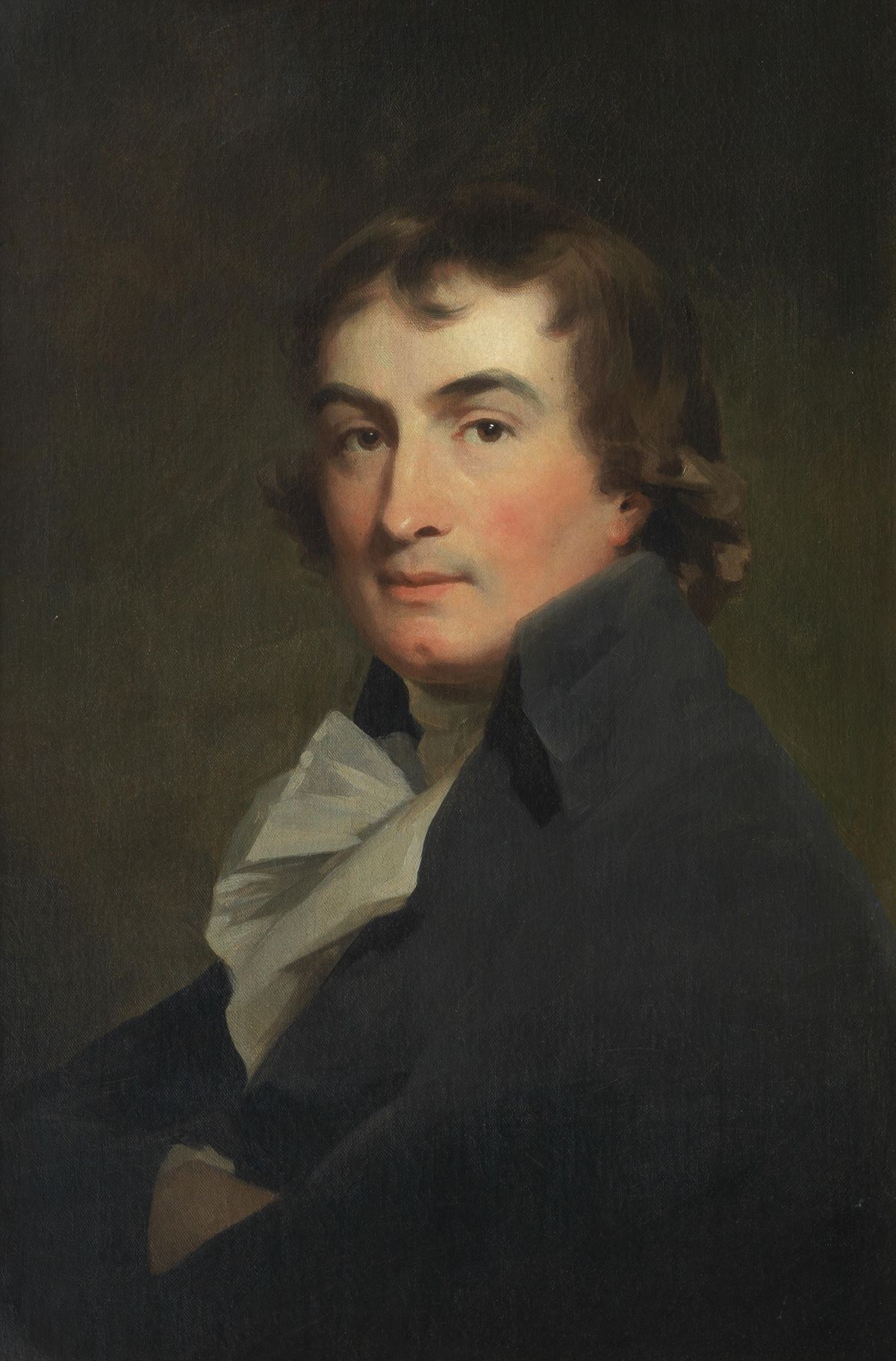
Lot 3. Sir Henry Raeburn (1756-1823), Portrait of Alexander, Lord Abercromby of Tullybody (1745-1795). Estimate: £5,000 – £7,000.
Perhaps Scotland’s most well-known painter, Henry Raeburn (1756–1823) had a tremendously successful career as a portrait painter in the late 18th and early 19th centuries. Originally self-taught, his marriage to a wealthy young widow gave him the means to travel abroad to study. During a distinguished career, Raeburn served as Portrait Painter to King George IV in Scotland, and painted many other significant figures, including Sir Walter Scott. He was elected president of the Society of Artists in Edinburgh in 1812, and received a knighthood in 1822.
Samuel John Peploe
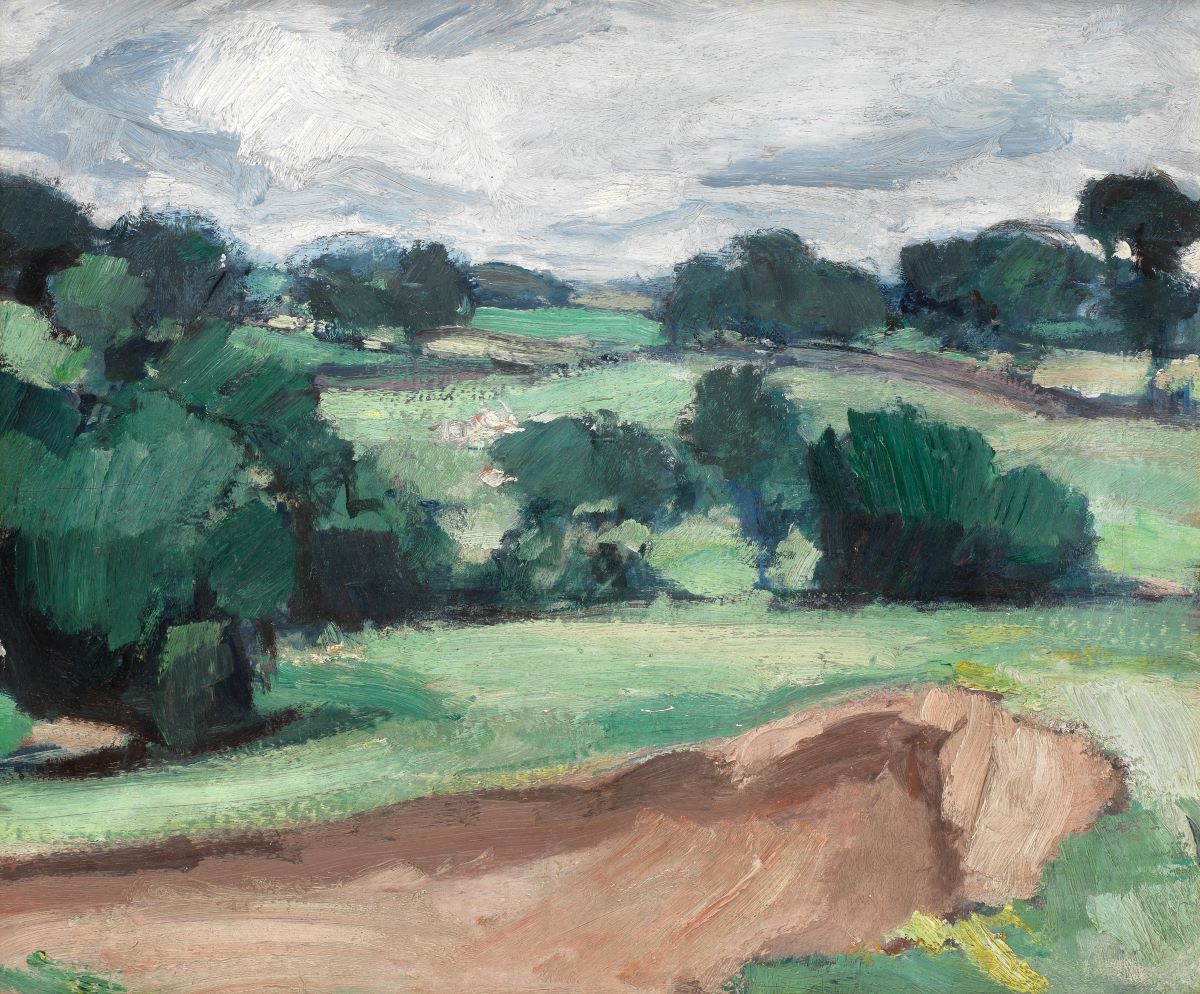
Lot 70. Samuel John Peploe (1871-1935), New Abbey, Dumfriesshire. Estimate: £25,000 – £35,000.
Samuel John Peploe (1871–1935) is considered the leader of the Scottish Colourists. The oldest of the group of four painters, Peploe is best known for his bold and bright still lifes, which reference French Modern masters such as Manet and Cézanne. He is also closely associated with Iona – introduced to the island by friend and fellow colourist Cadell in 1920, the pair returned most summers and Peploe produced a series of paintings capturing the play of light on the Hebridean landscape.
George Leslie Hunter
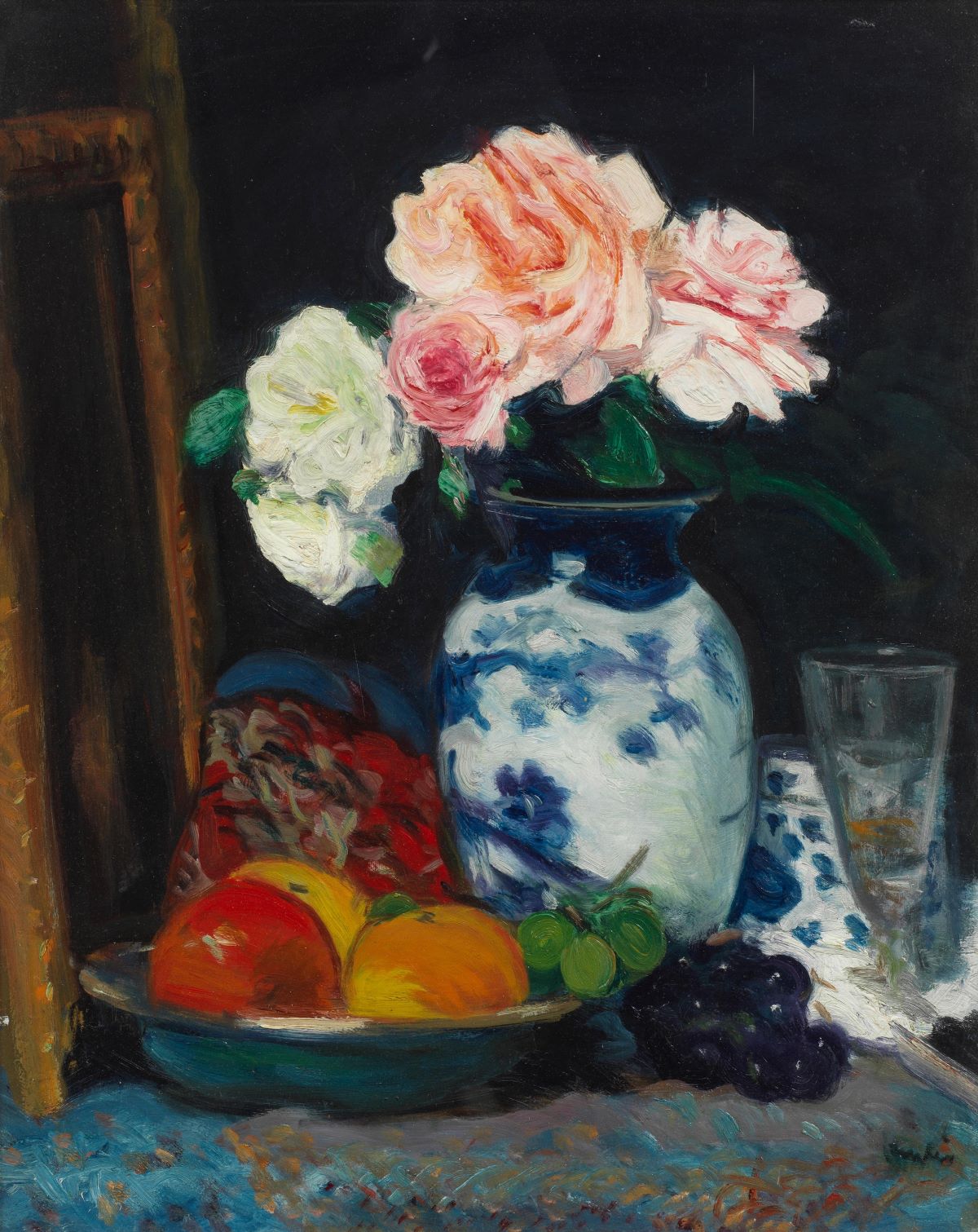
Lot 65. George Leslie Hunter (1877-1931), Still life with roses in a Chinese blue and white jar. Estimate: £40,000 – £60,000.
George Leslie Hunter (1877–1931) is something of an outlier within the group we call the Colourists. Unlike the others, he has no connection to Edinburgh, spending his formative years in California, and received no training. The self-taught artist returned to Scotland at the outset of World War I, and found success with a solo exhibition of still lifes in Glasgow. In the 1920s, Hunter travelled widely through Europe, experimenting with different media and artistic influences. During a break from travelling, he settled in Fife and produced a number of paintings inspired by his views of Loch Lomond.
John Duncan Fergusson
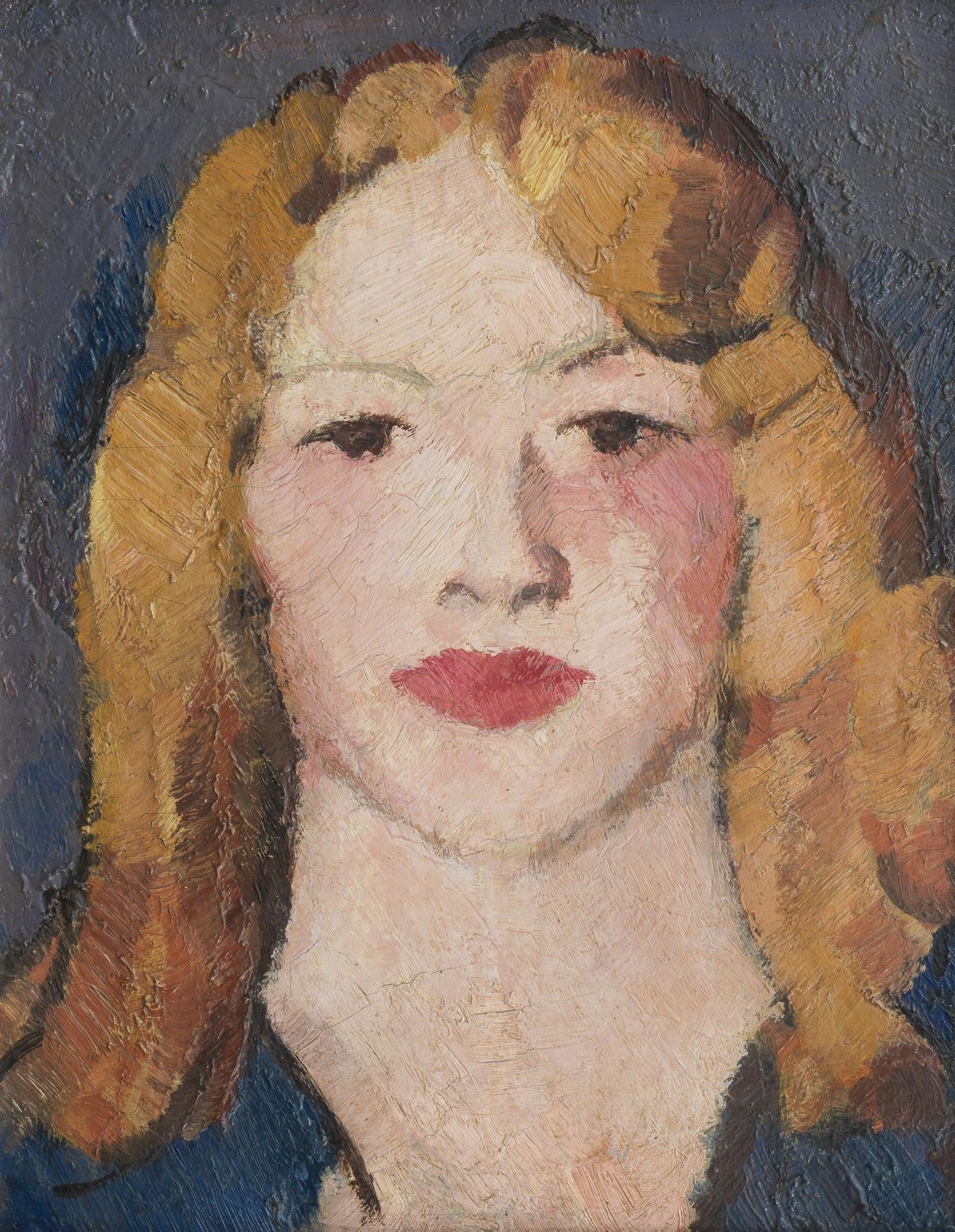
Lot 64. John Duncan Fergusson (1874-1961), Head of a Girl. Estimate: £20,000 – £30,000.
More so than any other Colourist, John Duncan Fergusson (1874–1961) was a Francophile, whose work is indebted to the Impressionists and, later, the Fauvists. Fergusson moved to Paris in 1907, where he mixed with the likes of Matisse and Picasso, as well as his countryman Peploe. Like many French artists of the era, he began to focus on the female nude, which became a recurring subject in both his paintings and sculpture throughout his career. With the threat of World War II looming over Europe, Fergusson moved back to Glasgow with his wife, Margaret Morris, in 1939. A year later the couple founded the New Art Club, with Fergusson as the first president, which gave rise to the New Scottish Group of painters.
Francis Cadell
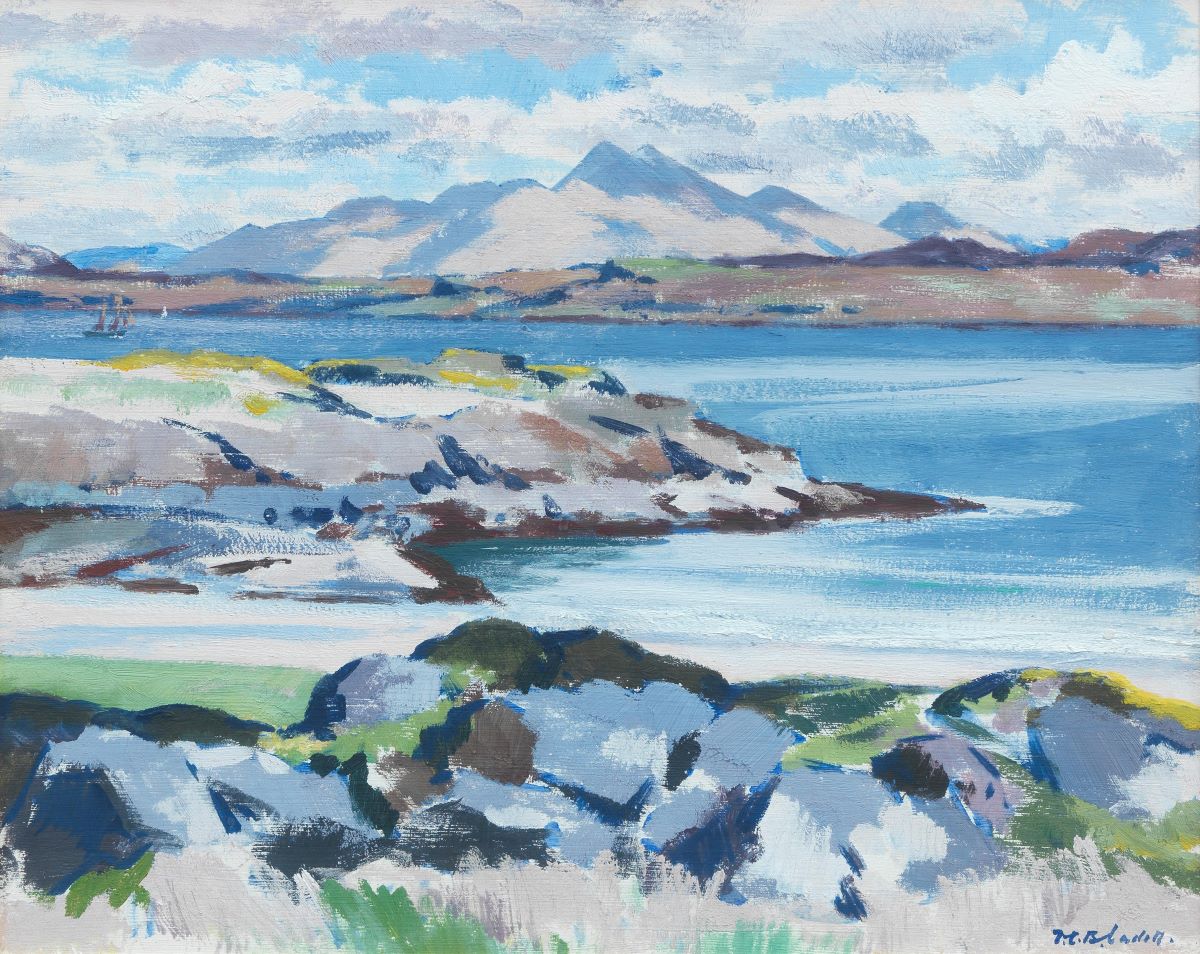
Lot 69. Francis Campbell Boileau Cadell (1883-1937), Ben Cruachan across the Sound of Mull. Estimate: £30,000 – £50,000.
Francis Cadell (1883–1937) spent most of his career in his hometown of Edinburgh, and often depicted the fashionable quarters of New Town in his paintings. He followed in the footsteps of the older Colourists, studying in Paris and absorbing the influences of the artistic movements he found there. He also studied in Munich and travelled to Venice, but Iona was arguably the location that had the greatest impact on his work. Cadell first visited the island in 1912, and returned, often with other artists, virtually every summer thereafter. He was also a skilled draftsman, as evidenced by his brush and ink sketches of army life, produced just before he entered the trenches of World War I.
Anne Redpath
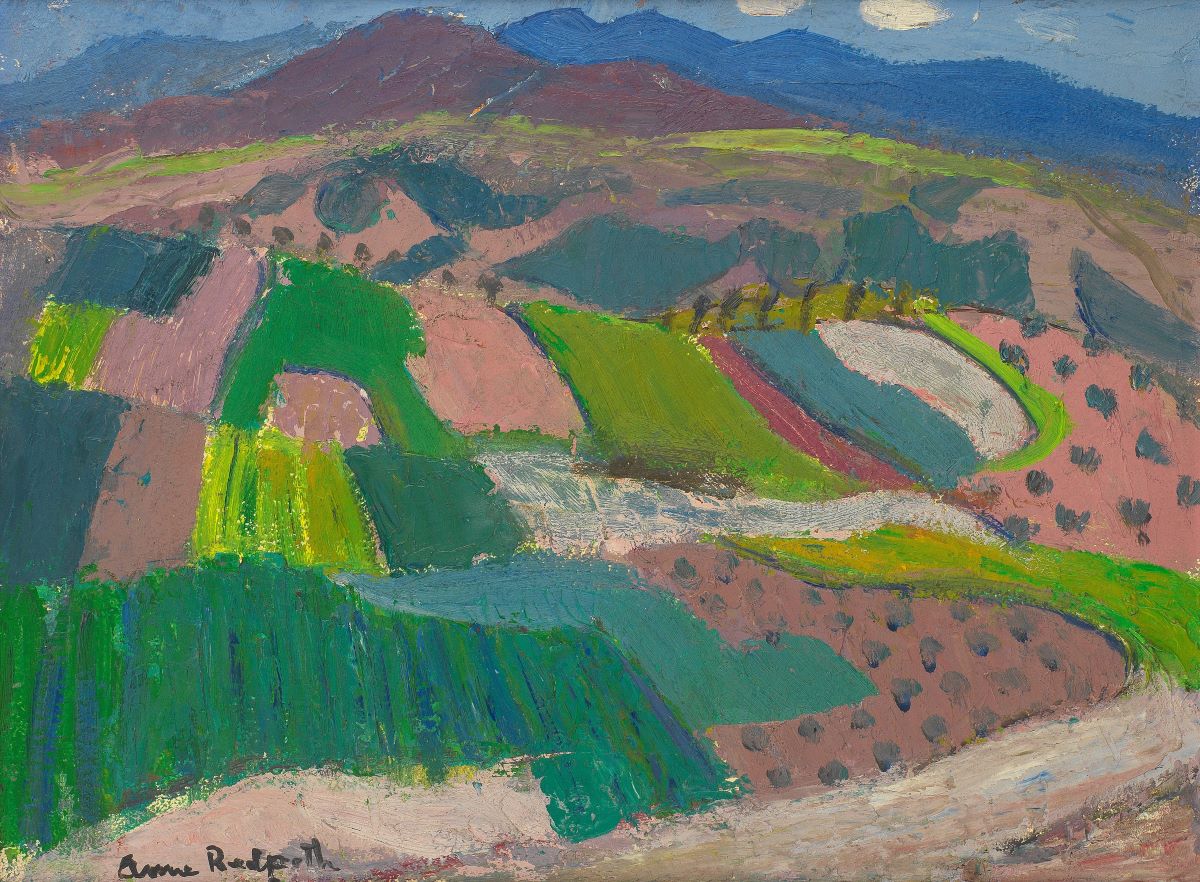
Lot 89. Anne Redpath (1895-1965), Spring in Spain. Estimate: £10,000 – £15,000.
Thanks to progressive attitudes to art education in Scotland, Anne Redpath (1895–1965) attended Edinburgh College of Art from 1913. Her studies continued in France, where she lived for 14 years from 1920. While she produced little work during this time (as she raised her three children), she learnt much from the Post-Impressionists. When she returned to Scotland in 1934, she started exhibiting her work, which showed clear links to Matisse. As well as domestic interior scenes, Redpath achieved success with her still lifes, portraits and landscape paintings from her extensive travels. A trailblazer for female artists, she was made president of the Scottish Society of Women Artists in 1944, and was the first woman ever elected to the Royal Scottish Academy in 1952.
Dame Elizabeth Blackadder
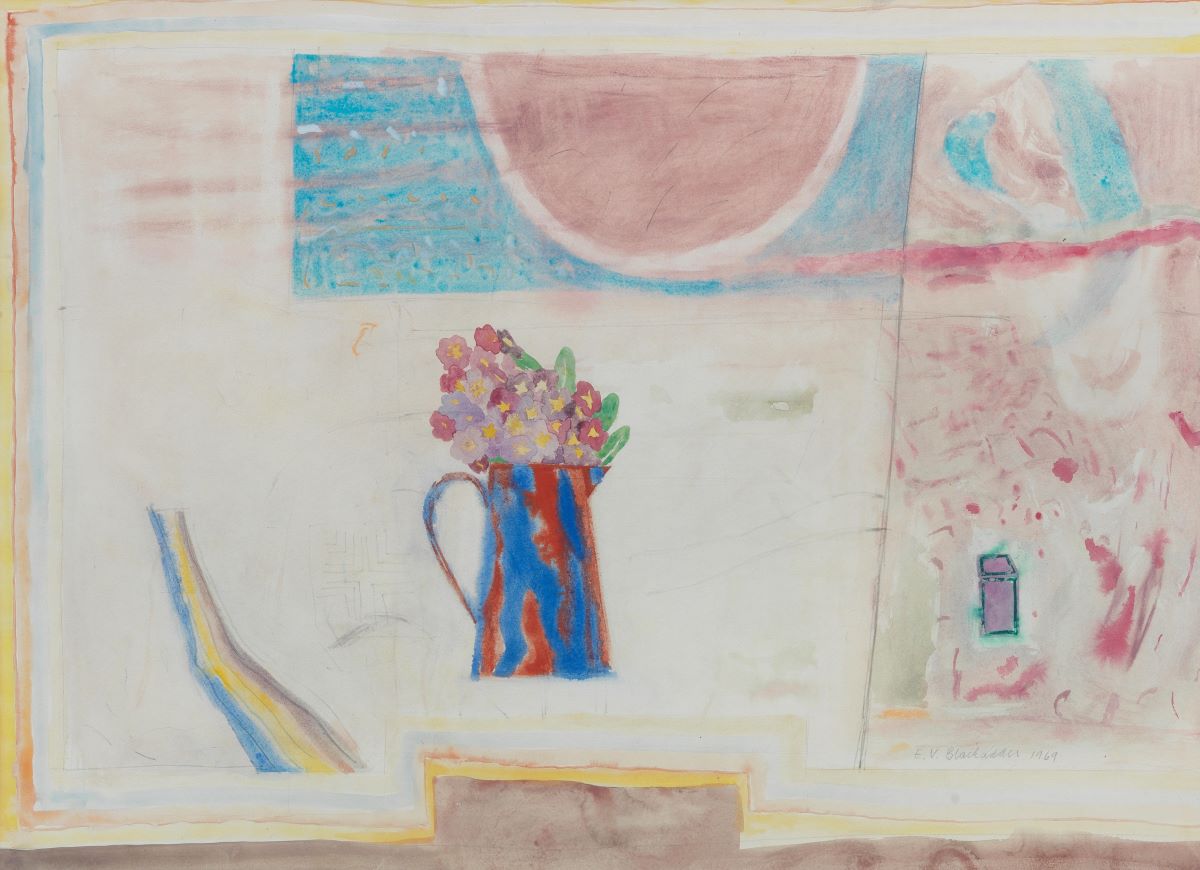
Lot 99. Dame Elizabeth Blackadder (1931-2021), Still life with polyanthus. Estimate: £2,000 – £3,000.
Dame Elizabeth Blackadder (1931–2021) was born in Falkirk, where she developed an early interest in nature. She studied at Edinburgh, and received scholarships enabling her to travel around Europe. The first solo exhibition of Blackadder’s work was held in Edinburgh in 1959 and three years later she was appointed lecturer of Drawing and Painting at Edinburgh College of Art. She continued teaching there until her retirement in 1986.
Joan Eardley
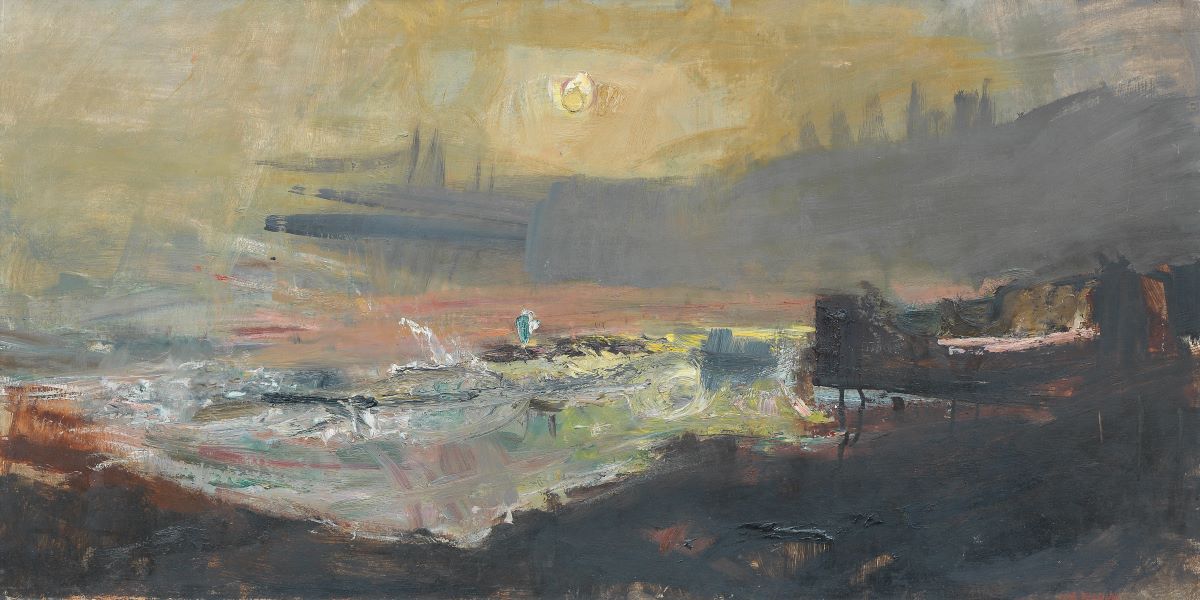
Lot 85. Joan Eardley (1921-1963), Sun on the Sea, Catterline. Estimate: £40,000 – £60,000.
Born in Sussex, Joan Eardley (1921–1963) moved to Scotland as a young girl and studied at the Glasgow School of Art. In 1948, she won a travelling scholarship and visited Italy and France, where she found herself drawn to peasant life. Back in Glasgow, she set up her studio amid the tenement blocks in Townhead and started sketching the local children. These chalk drawings developed in oil paintings, which stand alongside the studies of post-war childhood by her contemporaries such as Peter Blake. In 1951, she visited Catterline, a small fishing village on the east coast, and a few years later bought a house facing the North Sea. This wild setting, with its expanse of sea and sky, had a profound impact on her work.
John Byrne
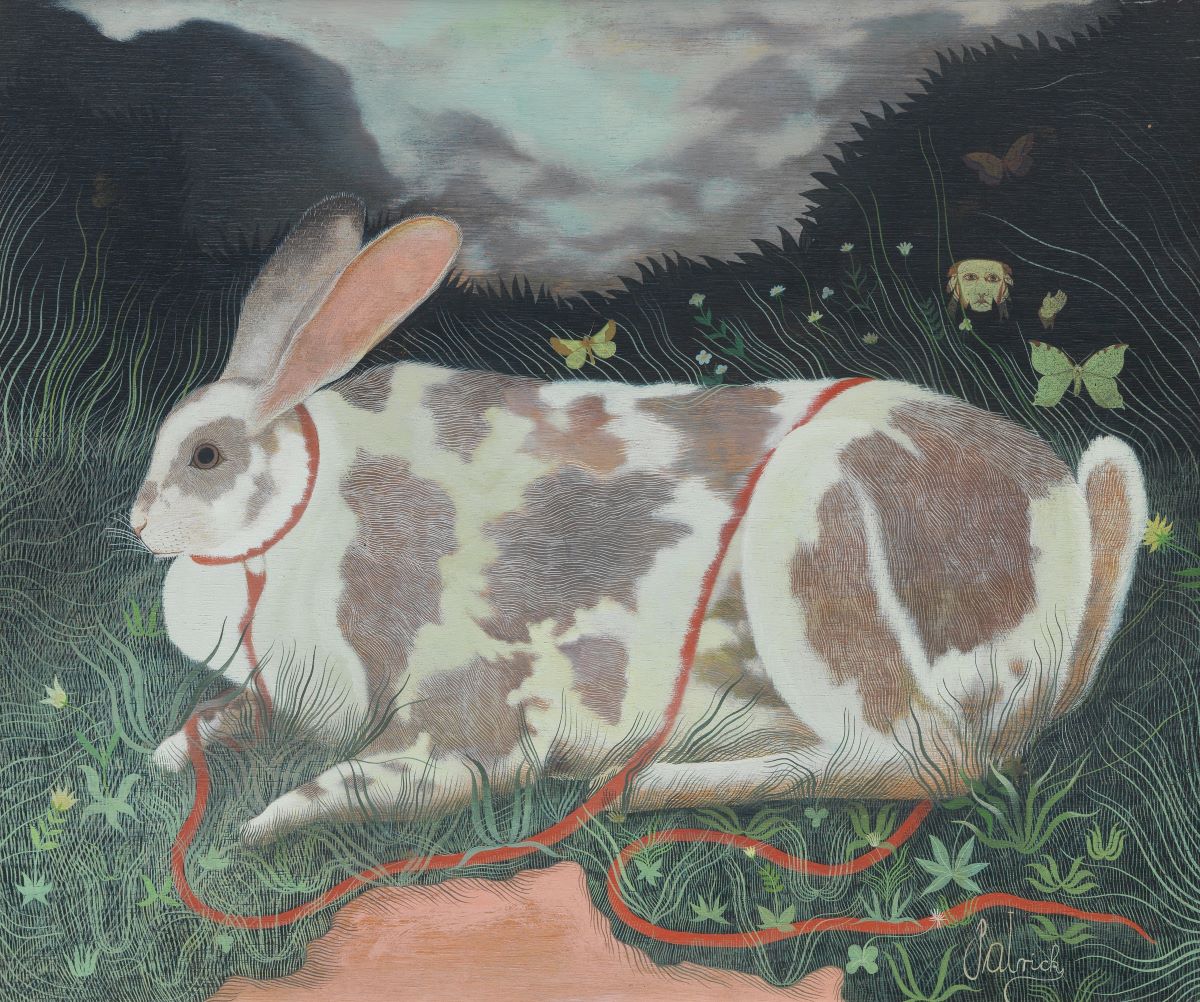
Lot 101. John Byrne (1940-2023), The Rabbit. Estimate: £8,000 – £12,000.
Born on a rough housing estate in Paisley in 1940, John Byrne was one of the most inventive artists working in modern Scotland. Having trained in both Glasgow and Edinburgh, he secured his first exhibition in the late 1960s at the Portal Gallery, London, under the pseudonym ‘Patrick’, a self-taught naïf. The dream-like images that made up the show was met with success and attracted the attention of The Beatles, who considered using his artwork on their albums. It didn’t happen then, but in 1980, Byrne’s work appeared on The Beatles Ballads compilation album. Byrne is probably more widely known for his work in the theatre and television, particularly The Slab Boys (1978) widely considered as one of the most important works of 20th-century Scottish literature, Tutti Frutti (1986) and Your Cheatin’ Heart (1990).
Jack Vettriano
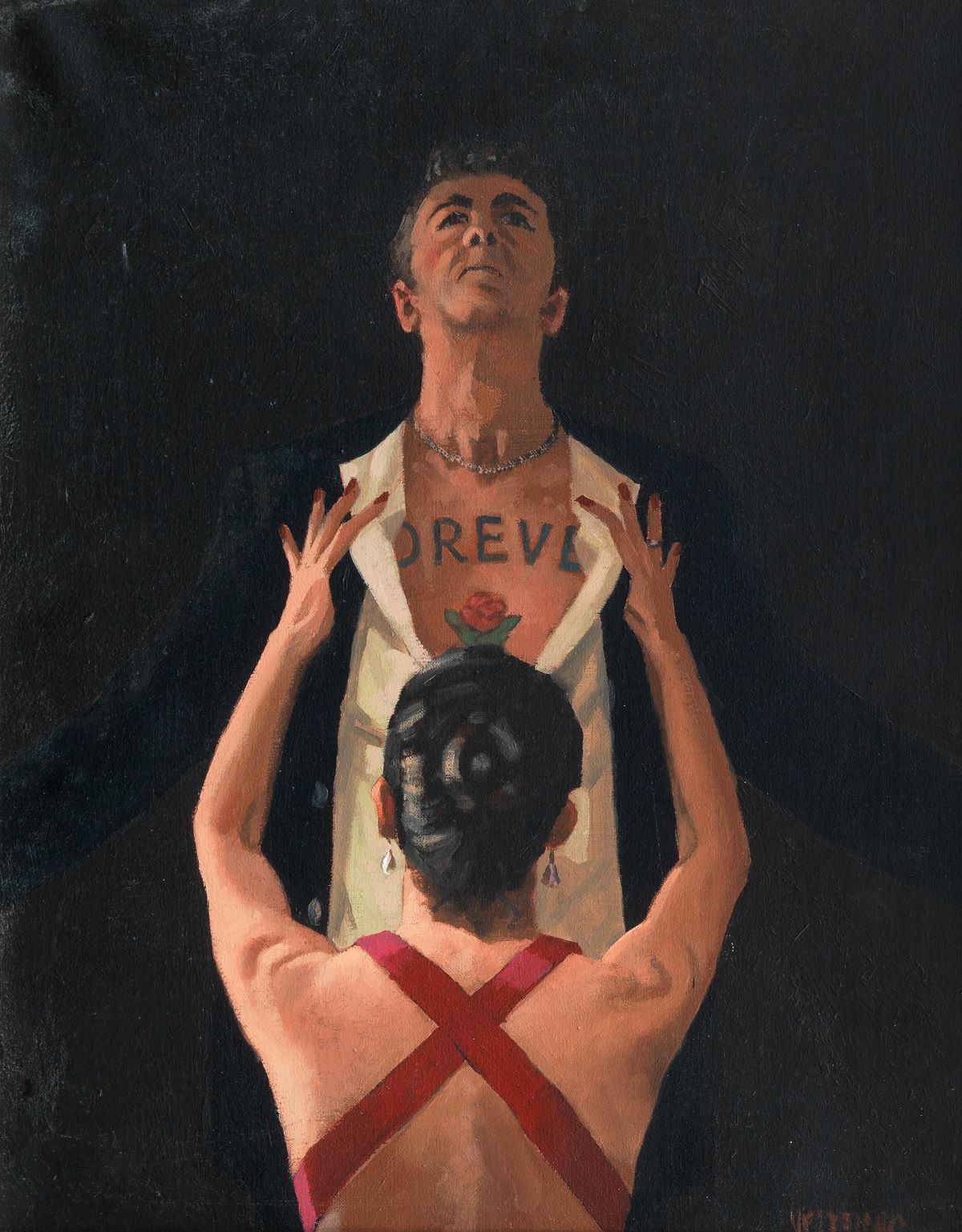
Lot 132. Jack Vettriano (b. 1951), The Illustrated Man (Study). Estimate: £15,000 – £20,000.
Jack Vettriano (b. 1951) is very much a self-made artist. Born Jack Hoggan in Fife, he taught himself how to paint while holding down odd jobs and changed his name in 1987. Rejected from the University of Edinburgh of Fine Arts, he nonetheless launched his career at the Royal Scottish Academy’s annual show in 1988. He submitted two paintings which both sold on the first day, and so began an unending run of commercial success. His images have become ubiquitous in Britain over the past 20 years, reproduced in prints and a variety of merchandise. While critics have continually derided Vettriano’s style and subject matter, it has done nothing to dent the public demand for his work.
Read more News stories here.
Subscribe to read the latest issue of Scottish Field.
TAGS

